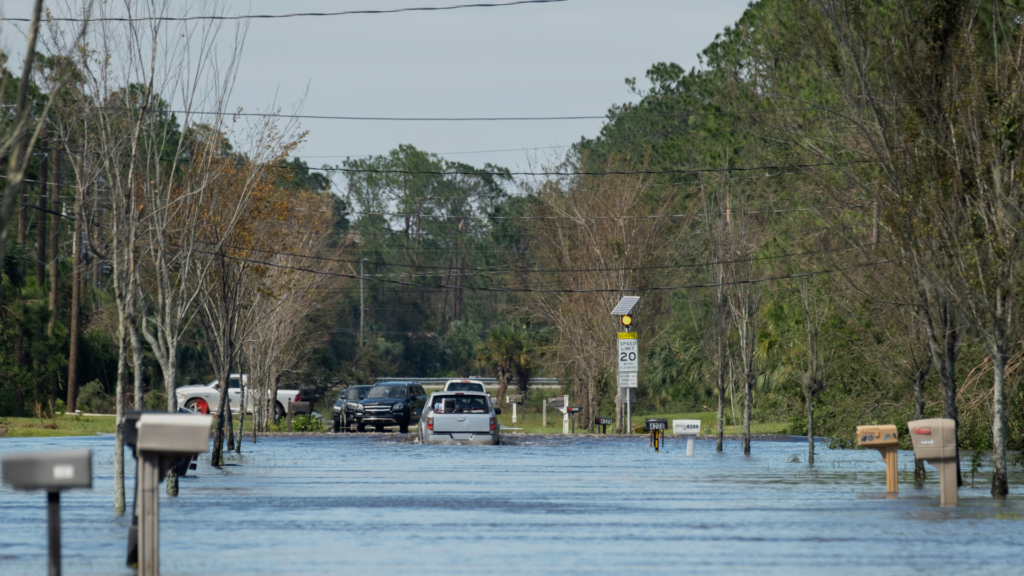Beyond Barriers: Ensuring Emergency Plans Include People with Disabilities
Learn how to create inclusive emergency plans that accommodate individuals with disabilities. Discover best practices in accessible design, evacuation procedures, and staff training for a safer, more resilient community.
Beyond Barriers: Ensuring Emergency Plans Include People with Disabilities Read More »











